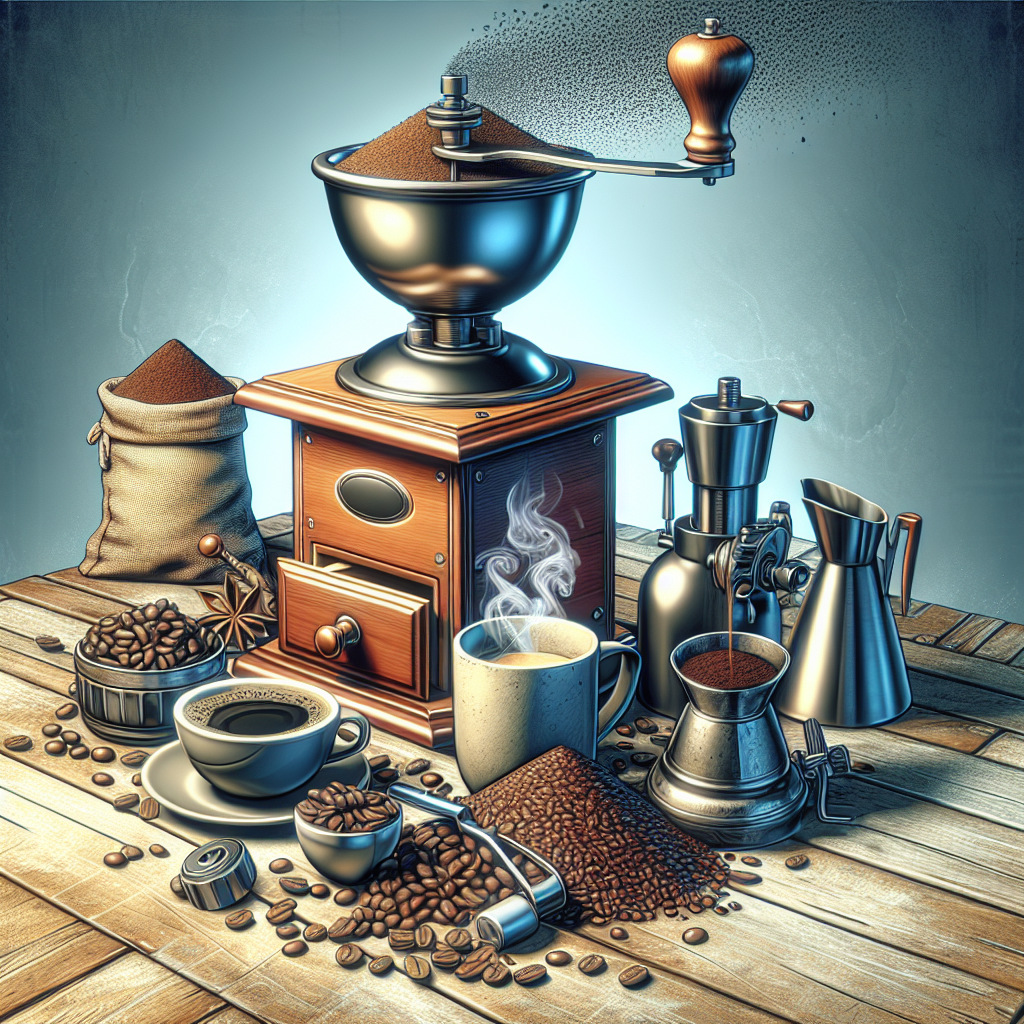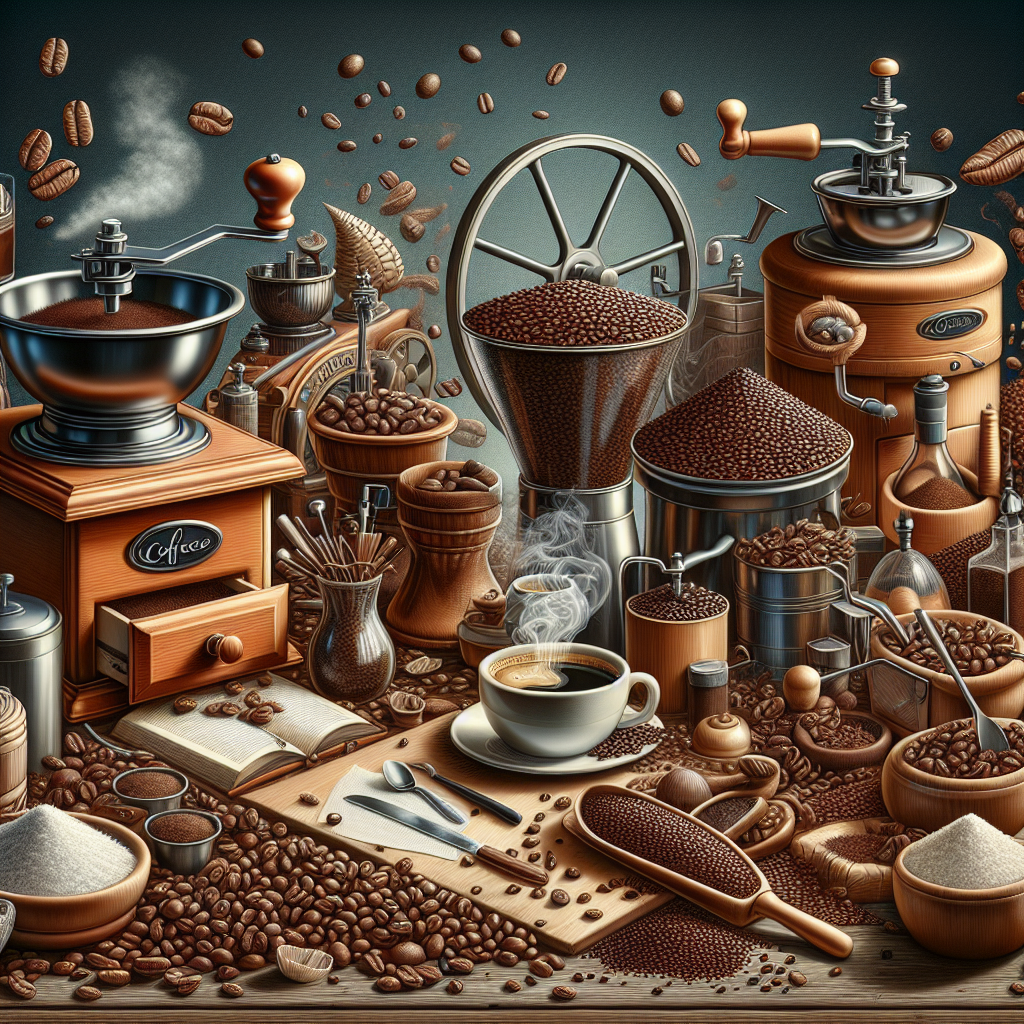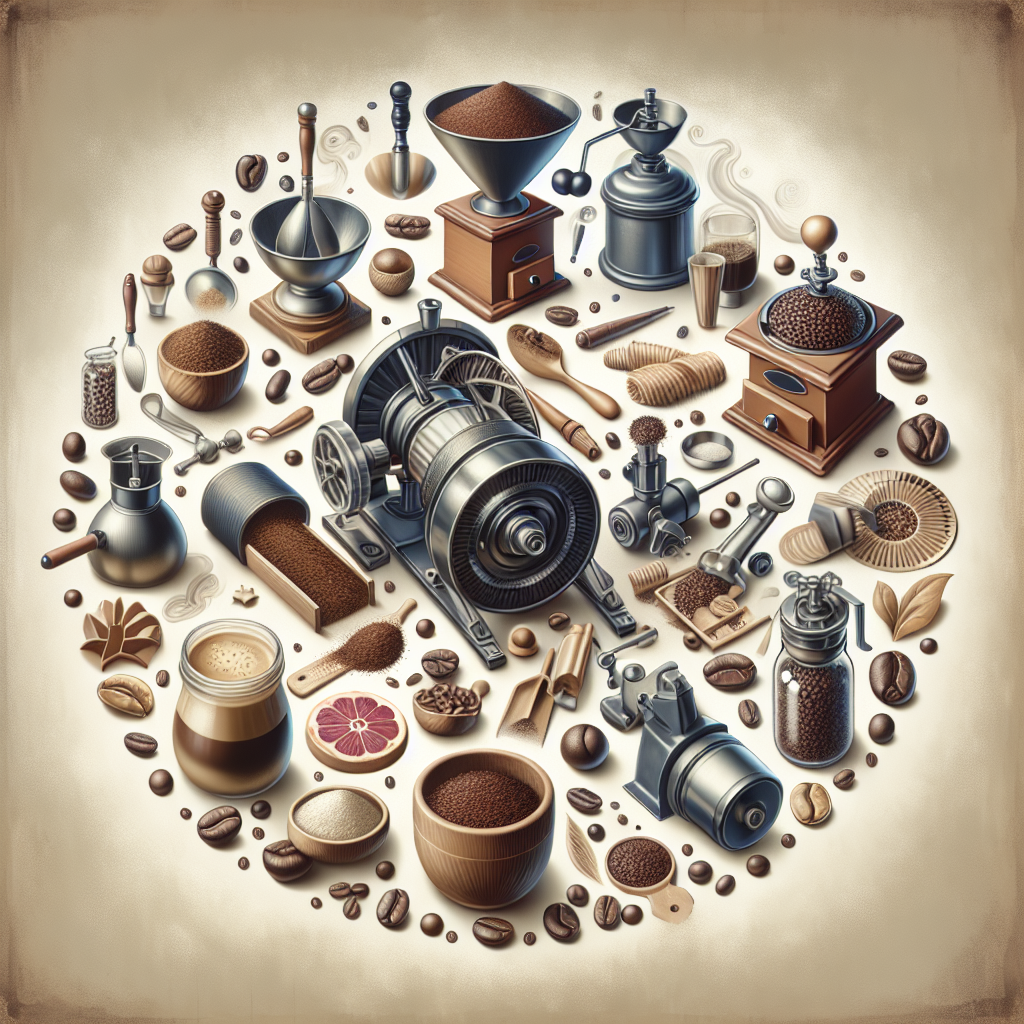Introduction
Imagine waking up to the smell of freshly ground coffee beans, each particle meticulously prepared to unleash the full spectrum of flavors hidden within. Coffee is more than just a morning ritual; it’s a symphony of taste and aroma that can set the tone for your entire day. But have you ever wondered what really makes the perfect cup of regular coffee? The secret lies in the grind.
In this article, we’ll traverse through the labyrinth of coffee grinds, exploring the ideal textures for different brewing methods. Whether you’re a novice or a seasoned barista, understanding the right grind size can transform your coffee experience from ordinary to extraordinary.
- Understanding Coffee Grind Sizes
- Importance of Grind Size in Brewing
- Best Grind for Popular Brewing Methods
- How to Choose the Right Coffee Grinder
- Conclusion
- FAQs
Understanding Coffee Grind Sizes
The world of coffee grinding can be likened to an artist’s palette, each grind size offering a unique stroke that shapes the final masterpiece. From extra coarse to extra fine, the grind size determines how water interacts with the coffee grounds during brewing. Let’s break down the primary grind sizes:
- Extra Coarse: Resembling sea salt, suitable for cold brew.
- Coarse: Similar to kosher salt, ideal for French press.
- Medium-Coarse: Gritty like sand, perfect for Chemex.
- Medium: Comparable to regular sand, best for drip coffee makers.
- Medium-Fine: Slightly smoother than sand but still gritty, great for pour-over methods.
- Fine: Texture of table salt, used for espresso machines.
- Extra Fine: Almost powdery, reserved for Turkish coffee.
Importance of Grind Size in Brewing
Why does grind size matter? Imagine trying to fit a square peg into a round hole; mismatching grind size with your brewing method can lead to over-extraction or under-extraction. Over-extracted coffee tastes bitter and harsh, while under-extracted coffee can be sour and lack depth.
For instance, a coarse grind in a French press allows water to steep through the grounds slowly, capturing rich flavors and oils. Conversely, an espresso machine requires a fine grind to ensure a quick yet intense extraction under high pressure.
Best Grind for Popular Brewing Methods
French Press
Using a coarse grind is essential for a French press. The large particles prevent over-extraction and produce a full-bodied cup with robust flavor.
Drip Coffee Makers
A medium grind works well for most drip coffee makers. This balance allows water to flow evenly through the grounds, extracting just the right amount of flavor.
Pour-Over (e.g., Chemex)
For pour-over methods, a medium-coarse grind is ideal. This grind size ensures a controlled extraction process, highlighting the intricate notes of your coffee.
Espresso Machines
Espresso requires a fine grind. The compact particles facilitate rapid extraction under pressure, resulting in a concentrated shot with nuanced flavors.
How to Choose the Right Coffee Grinder
Selecting the perfect grinder is akin to choosing the right brush for a painting. Each type offers unique advantages:
Manual Grinders
Manual grinders like the Zingy Portable Manual Coffee Grinder are portable and easy to use. They offer precision and consistency, making them a favorite among coffee enthusiasts who value control over their grind.
Electric Grinders
Electric grinders such as the Breville Smart Grinder Pro offer convenience and speed. With adjustable settings, they cater to various brewing methods effortlessly.
Conclusion
Finding the best grind for regular coffee is both an art and a science. By understanding the interplay between grind size and brewing method, you can unlock new dimensions of flavor in every cup. Whether you prefer the hands-on approach of manual grinders or the efficiency of electric models, mastering the grind will elevate your coffee experience.
FAQs
What is the best grind size for a Keurig?
For optimal results in a Keurig, a medium grind is recommended. This ensures balanced extraction without clogging the machine. For more details, check our guide on what grind of coffee should I use in my Keurig?.
Is it cheaper to grind your own coffee?
Absolutely! Grinding your own coffee not only enhances flavor but can also save you money in the long run. Explore more in our article on whether it’s cheaper to grind your own coffee..
What type of grinder should I buy?
The choice between manual and electric grinders depends on your needs and preferences. For portability and control, consider the Zingy Portable Manual Coffee Grinder. For convenience and versatility, an electric model like the Breville Smart Grinder Pro is ideal.
Key Takeaways
- The right grind size is crucial for optimal coffee extraction.
- Different brewing methods require specific grind sizes.
- Manual and electric grinders each offer unique advantages.
- Grinding your own coffee can save money and improve flavor.
If you want to dive deeper into the nuances of coffee grinding, feel free to check out our comprehensive guide on buying and grinding your own coffee beans.
By understanding these essential aspects, you’re now equipped to brew the perfect cup of regular coffee every time. May your mornings be fragrant and your cups always full!







